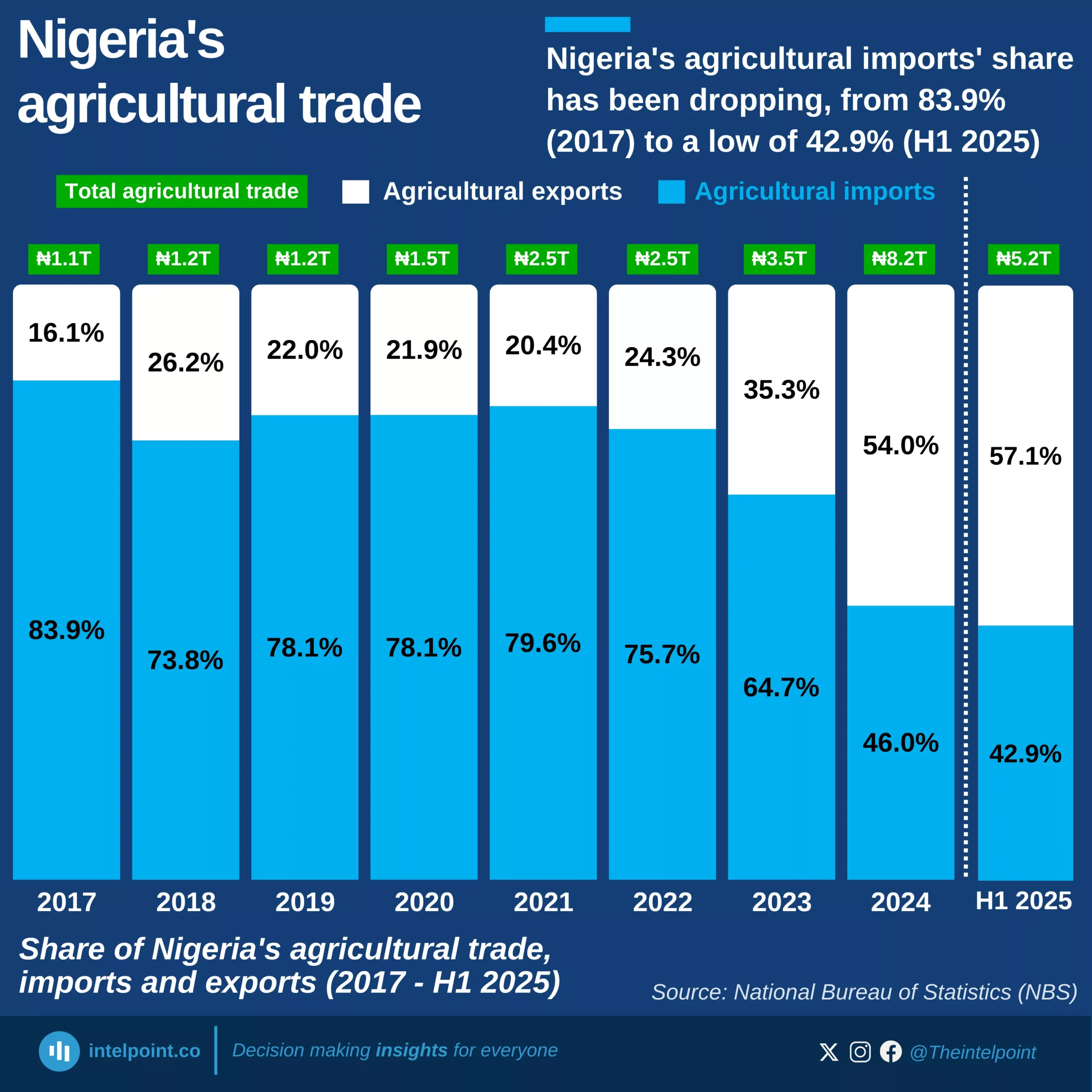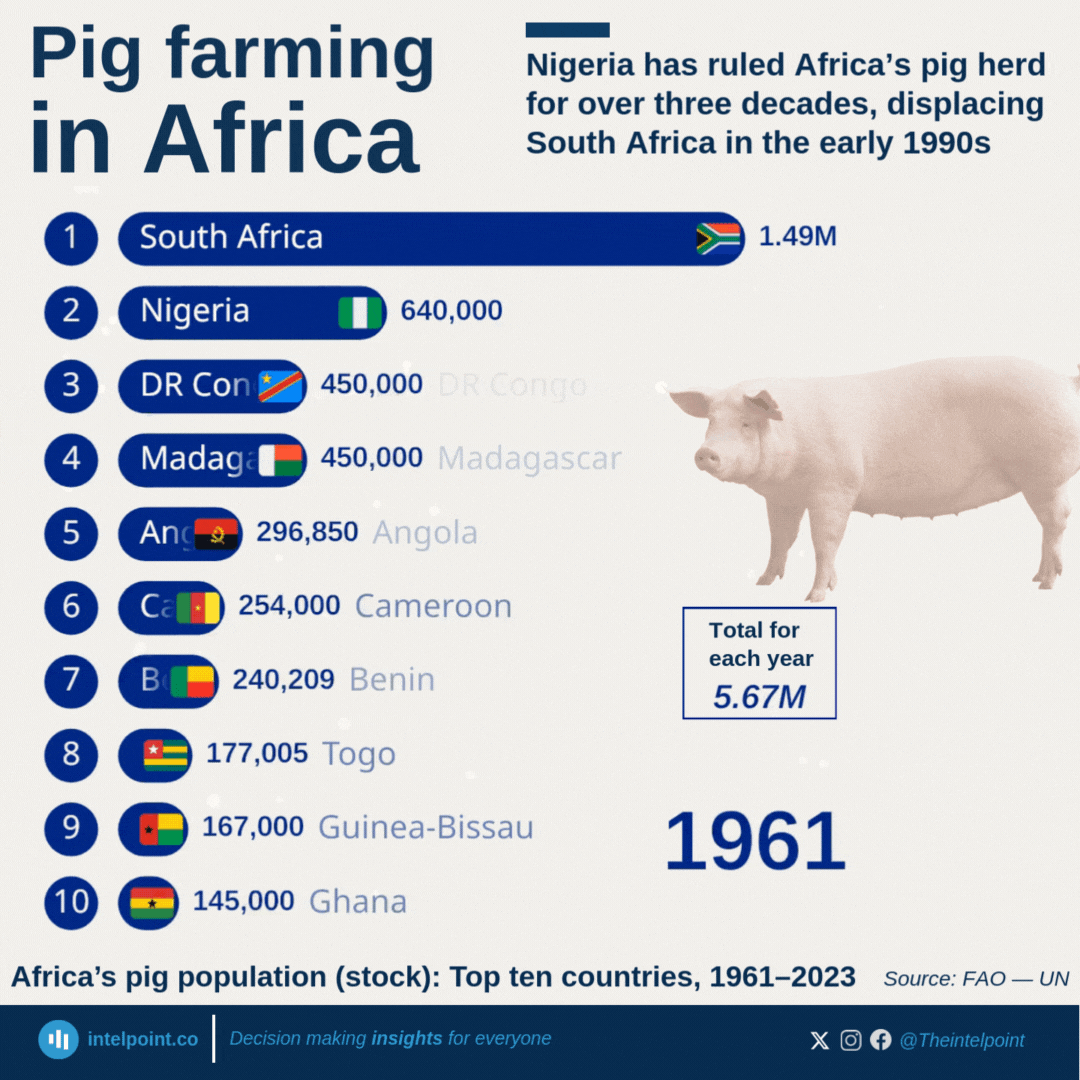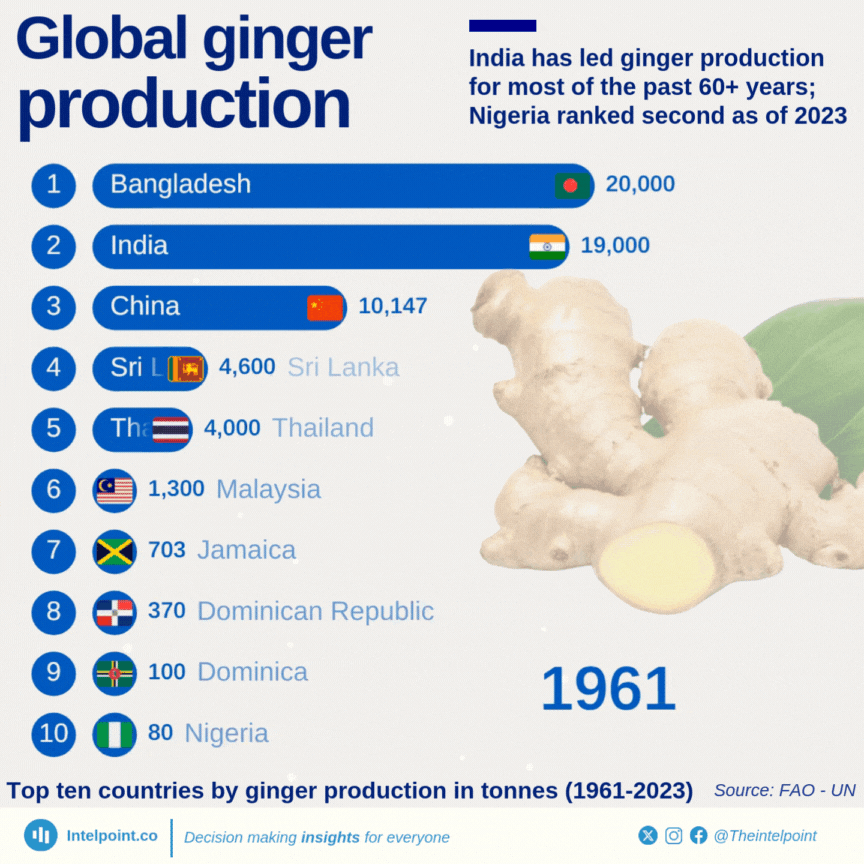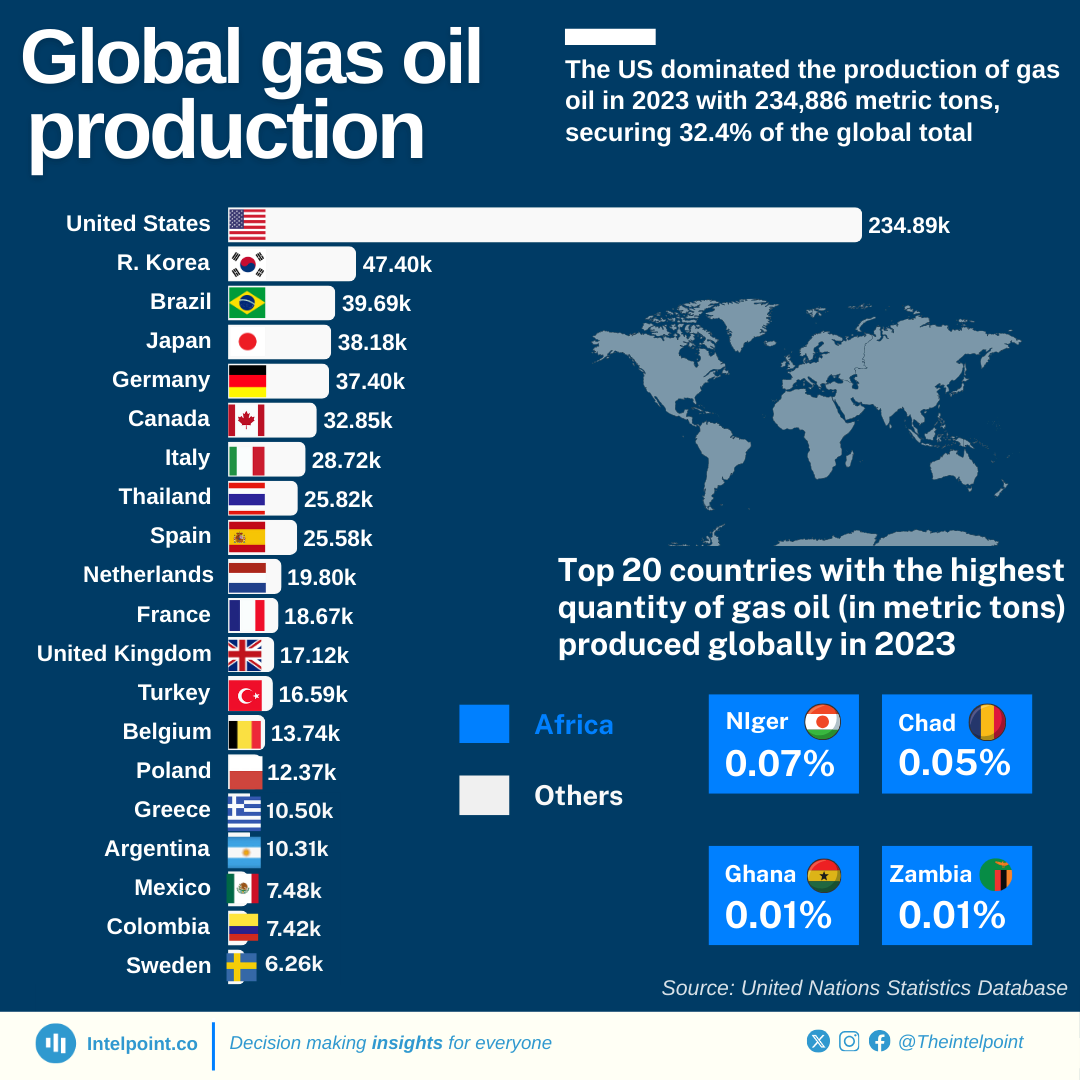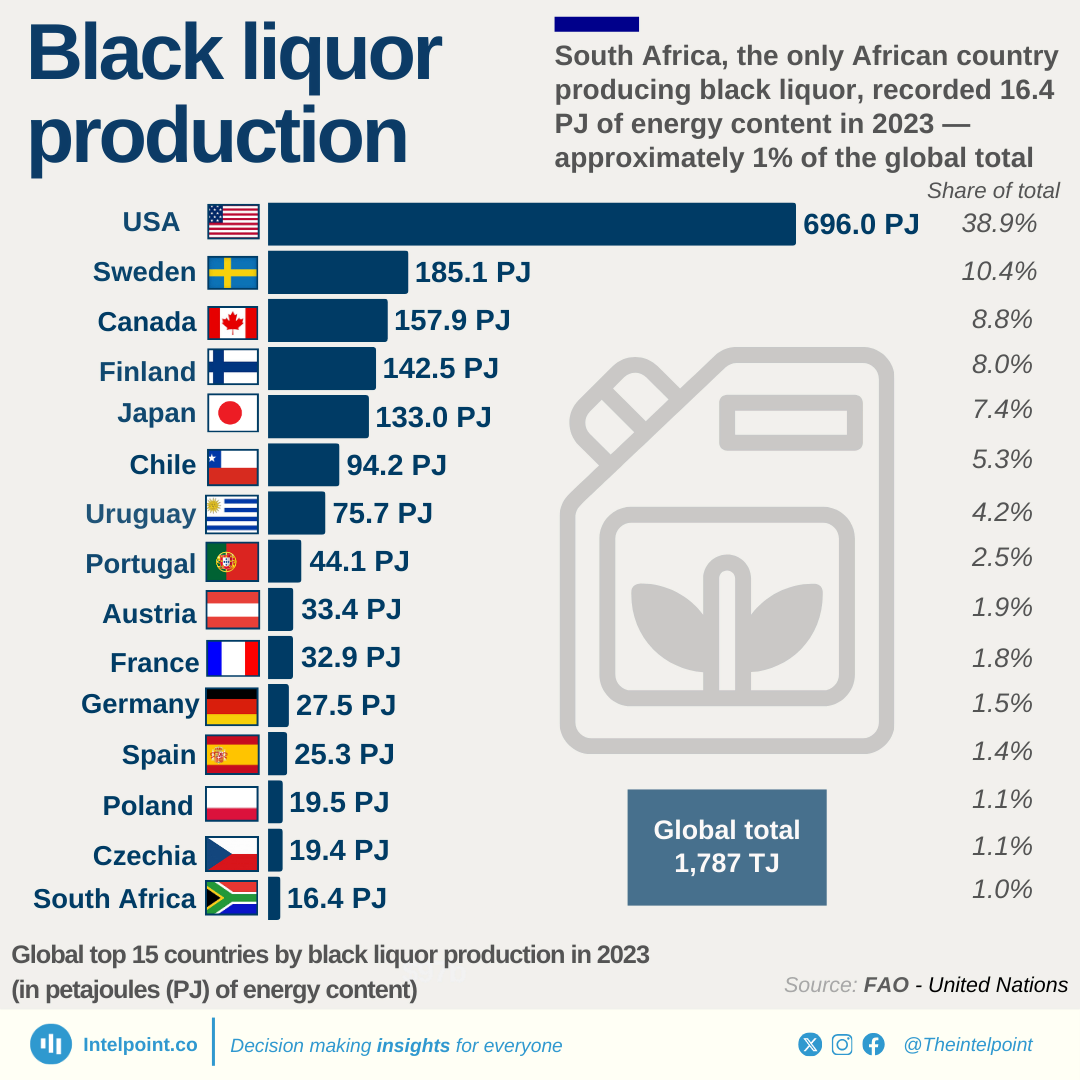Asian countries dominated the global palm oil market in 2021.
Indonesia and Malaysia accounted for 67.8 million tonnes out of 80.7 million tonnes produced.
Smaller producers like Nigeria (1.4 million tonnes) and Guatemala (0.8 million tonnes) had modest contributions.
